
IEC 62368-1 Wireless Charger Testing | JJR Laboratory
With the advancement of society, wireless chargers have become increasingly common in our daily lives. Many people often ask about wireless chargers—how shoULd they be tested? In this article, Yixintai will guide you through the process.
Wireless Charger Testing According to iec 62368-1 Edition 3
In fact, the test involves using three types of simulated foreign objects—steel plate, aluminum ring, and aluminum foil—each equipped with a thermocouple. These are placed on the wireless charger to measure their temperature and determine whether the charger complies with the standard requirements.
The Test Consists of Four Cycles:
1. No receiver present;the foreign object is placed directly on the wireless charger.
2. Receiver in direct contact with the foreign object.
3. Receiver placed 2 mm away from the foreign object.
4. Receiver placed 5 mm away from the foreign object.
During testing, the wireless charger operates at maximum transmission power.
In each cycle, the foreign object must be moved freely across the surfaceof the wireless charger to identify the location that produces the highest temperature.
The National Technical Committee for the Standardization of Electronic Product Safetyprovides guidance on identifying these hot spots:
1. For symmetrical single-coilwireless chargers, typical positions include the center, edge, and midpointof the charging coil.
2. For irregular-shaped or multi-coilwireless chargers, positions can be determined based on the charger’s structure or supporting documentation (e.g., manuals, specifications).
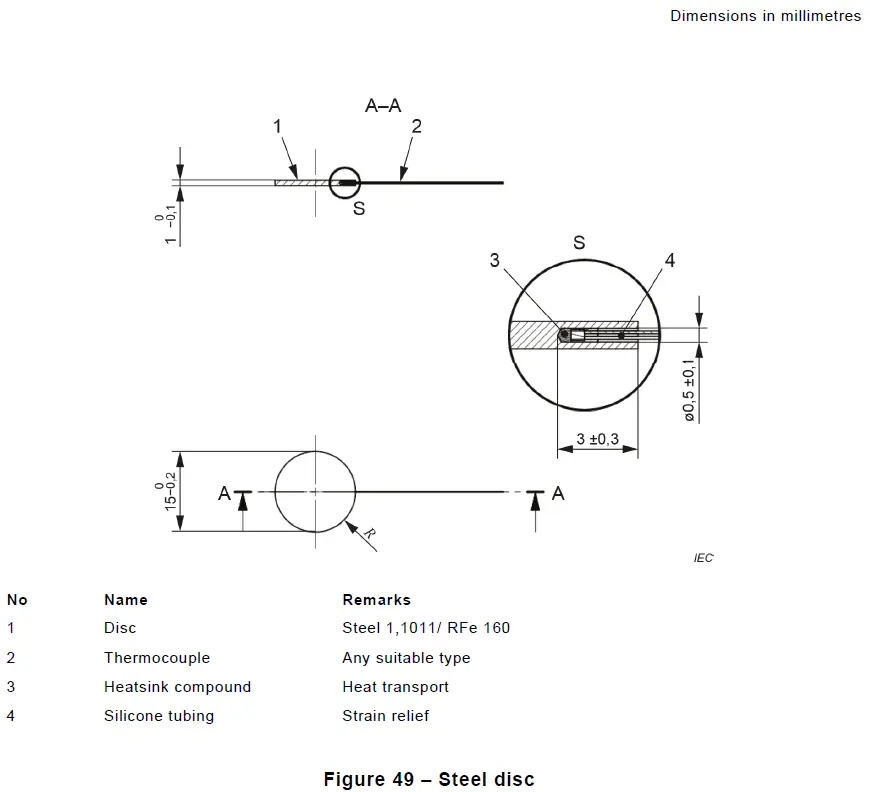
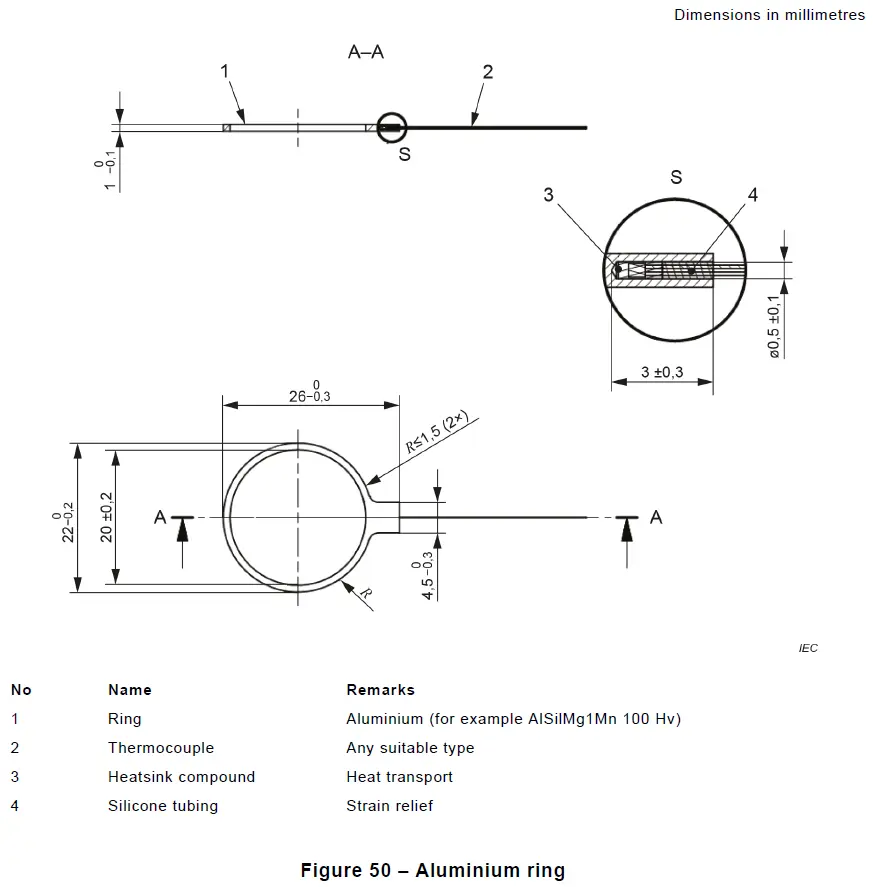
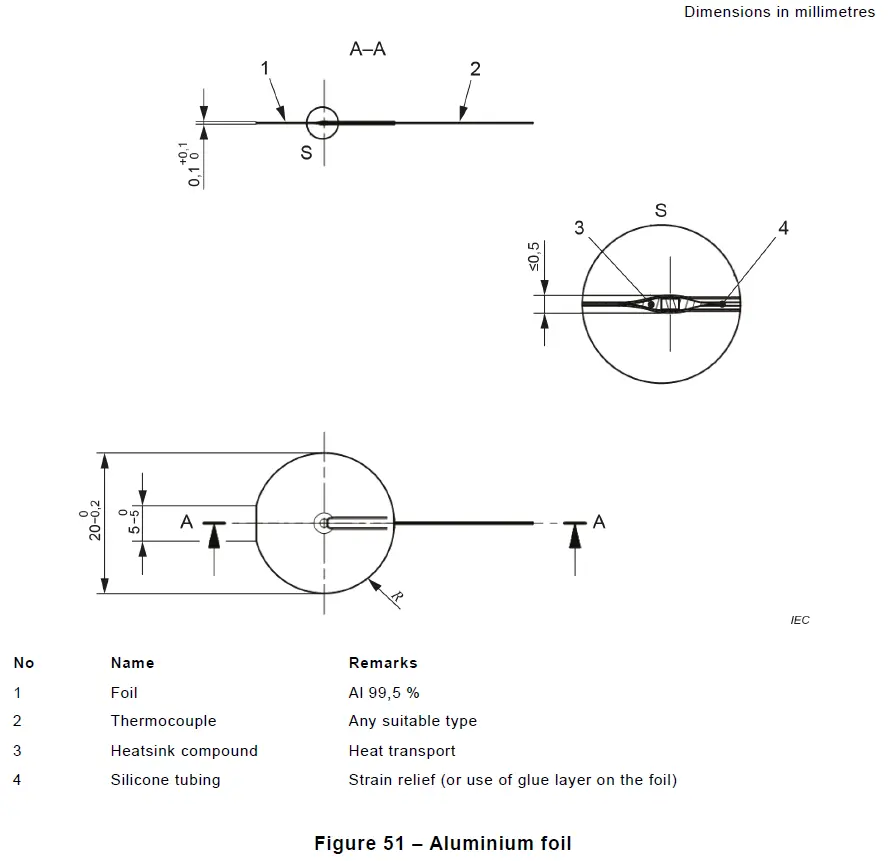
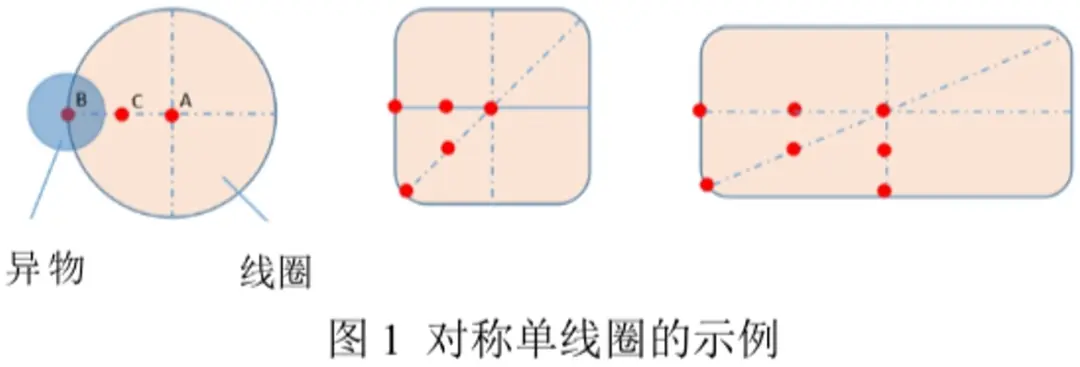
Result Evaluation:
The temperature of the foreign object must not exceed 70°Cduring any of the test cycles.
---
What If the Test Fails?
For example, when testing at Point Bnear the edge (as shown above), the charger may repeatedly switch between operating and shutting down, causing the foreign object to overheatabnormally. A common correction method is to adjust the foreign object detection sensitivityof the wireless charger.
However, if you only adjust sensitivity, the user experience may suffer, and the product could lose its competitive edgein the market.
To address this, Edition 4 of IEC 62368-1raised the temperature limits for foreign objects:
1. Steel plate: ≤ 85°C
2. Aluminum ring: ≤ 120°C
3. Aluminum foil: ≤ 155°C
Additionally, the maximum surface temperatureof the wireless charger must not exceed the TS2 limit:
1. Metal surface:≤ 70°C
2. Glass/CeraMIC surface:≤ 81°C
3. Plastic surface:≤ 87°C
Email:hello@jjrlab.com
Write your message here and send it to us
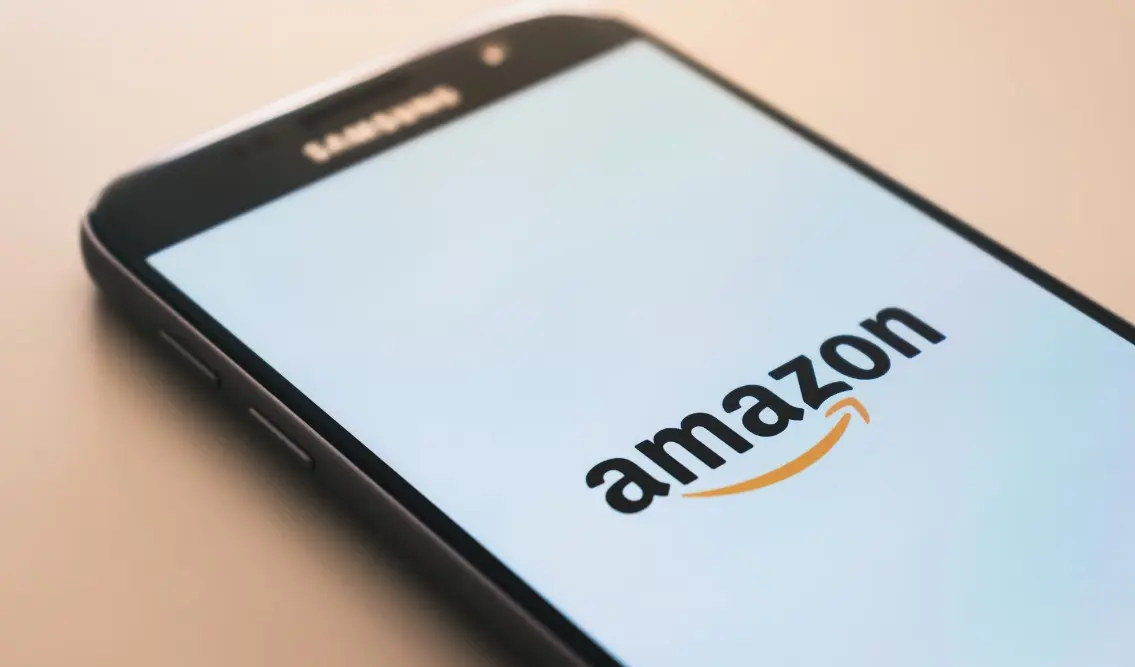 What are ASTM F963 and CPSIA?
What are ASTM F963 and CPSIA?
 Comparison of ASTM F963 and EN 71
Comparison of ASTM F963 and EN 71
 How to get CSA C22.2 NO.256:14 Test Report?
How to get CSA C22.2 NO.256:14 Test Report?
 How much is the ISTA Amazon Packaging & Shippi
How much is the ISTA Amazon Packaging & Shippi
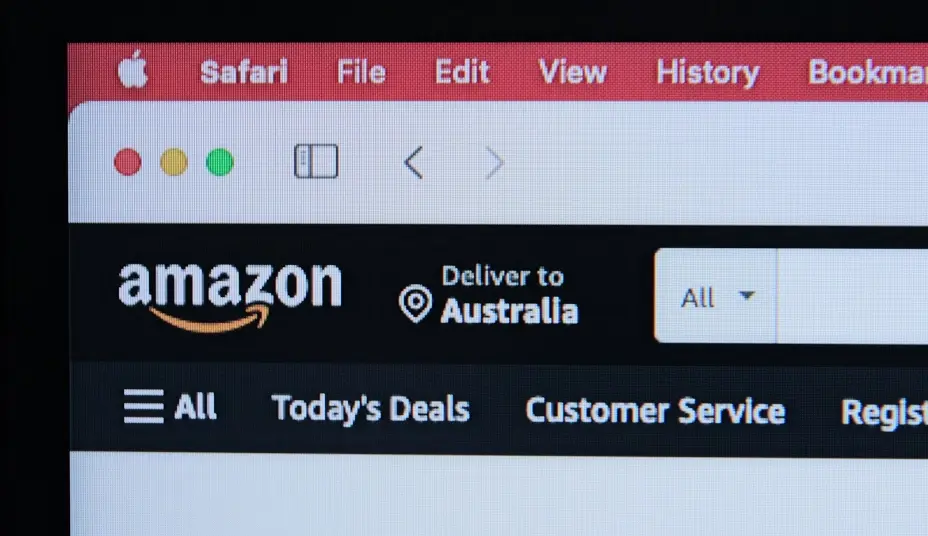 Amazon Product Laboratory Testing Requirements
Amazon Product Laboratory Testing Requirements
 How to Get EPA Certificatio
How to Get EPA Certificatio
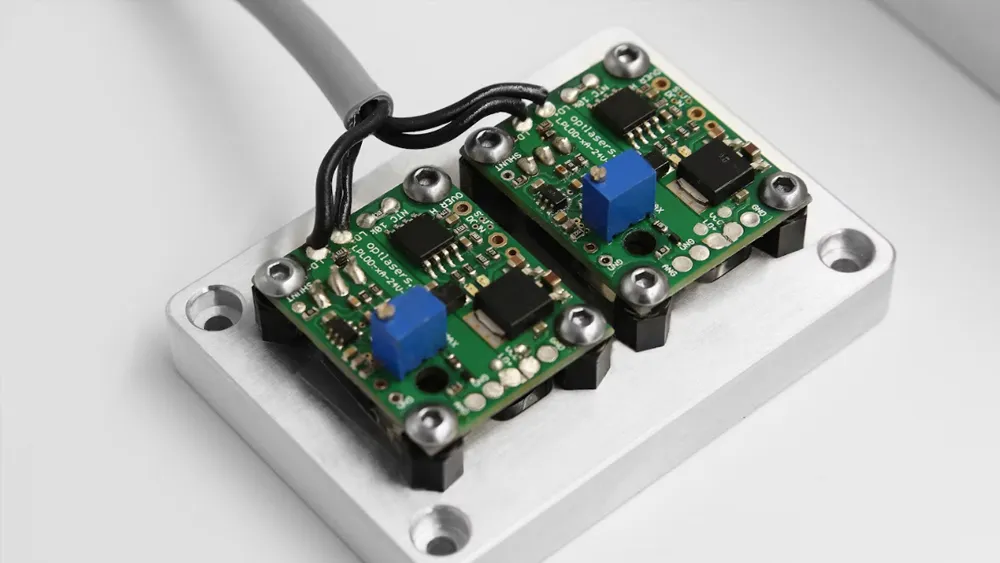 What is EPA Certification in the United States?
What is EPA Certification in the United States?
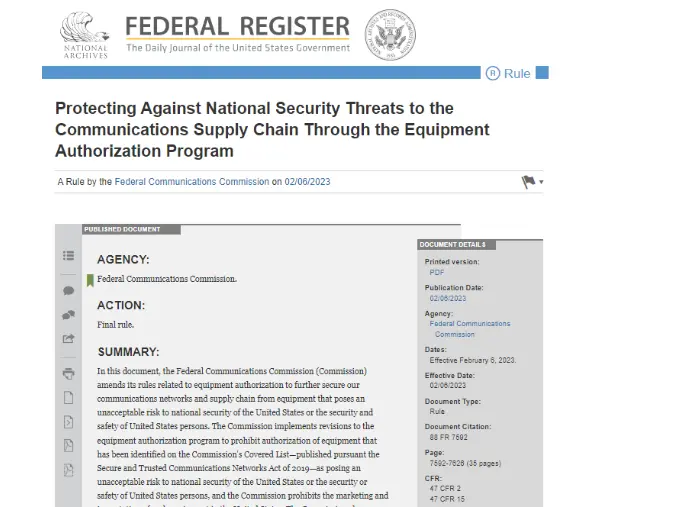 What is an FCC Registered Agent?
What is an FCC Registered Agent?
Leave us a message
24-hour online customer service at any time to respond, so that you worry!




